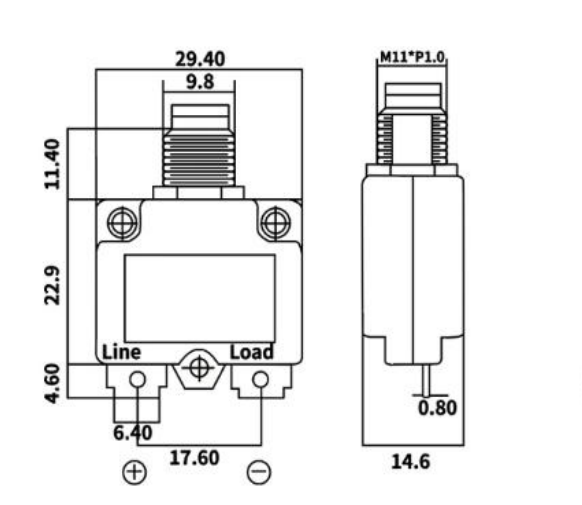The Importance of Floor Tape in Industrial and Commercial Settings
In the fast-paced environment of industrial and commercial settings, safety and efficiency are paramount. One often-overlooked tool that can significantly enhance these aspects is floor tape. This versatile product plays a crucial role in organization, safety, and workflow management, making it an essential component of modern facilities.
What is Floor Tape?
Floor tape is a type of adhesive tape designed specifically for use on floors. It comes in various materials, colors, and sizes, catering to different needs and applications. It is typically made from durable materials that can withstand foot traffic and other stresses, ensuring longevity in high-use areas. Floor tape is often used to mark boundaries, designate walkways, signal hazards, and facilitate the organization of equipment and storage areas.
Enhancing Safety and Compliance
One of the primary uses of floor tape is to enhance safety within a facility. By clearly marking walkways, hazardous areas, or emergency exits, floor tape helps in reducing the risk of accidents. For instance, bright yellow or red tape can indicate danger zones, while green tape can guide employees along safe pathways. This not only helps in compliance with safety regulations but also cultivates a culture of safety among employees.
The use of floor tape for marking is especially crucial in warehouses and factories where workers navigate heavy machinery and equipment. With clear visual cues, employees can quickly understand the layout of the facility, reducing confusion and minimizing the chances of accidents. Moreover, in emergencies, well-marked routes can significantly expedite the evacuation process, saving valuable time.
Promoting Efficiency and Organization
floor tape

In addition to safety, floor tape aids in promoting efficiency within the workspace. By designating specific areas for equipment and materials, floor tape helps maintain an organized environment. This organization is vital in busy facilities where time is money; employees can easily locate tools and supplies without wasting time searching aimlessly. Some companies use color-coded tape systems to assign specific functions or departments to designated areas, fostering a more efficient workflow.
Moreover, floor tape can be an effective tool for visual management techniques, such as 5S (Sort, Set in order, Shine, Standardize, Sustain)
. This methodology, widely used in lean manufacturing, emphasizes the importance of organization and cleanliness in the workplace. By utilizing floor tape to mark storage locations and pathways, businesses can streamline operations and enhance productivity.Cost-Effective Solution
Investing in floor tape is a cost-effective solution for businesses looking to improve safety and efficiency. Compared to more permanent options such as paint or construction, floor tape is relatively low-cost and can be easily applied or removed as needed. Moreover, it is a quick solution that allows for immediate implementation without the downtime associated with renovation projects.
In addition, floor tape allows for flexibility. As business needs change, floor tape can be repositioned or replaced without the need for extensive labor or expense. This adaptability makes it an ideal choice for facilities undergoing constant changes in layout or operational procedures.
Final Thoughts
In conclusion, the role of floor tape in industrial and commercial settings extends far beyond mere decoration. It is a vital tool that enhances safety, promotes efficiency, and aids in organizational efforts. By providing clear visual cues and designated areas, floor tape helps create a well-structured environment where employees can work safely and effectively.
In a world where every second counts, and safety cannot be compromised, floor tape stands out as an invaluable resource. Embracing its use can lead to more organized workplaces, reduced accident rates, and ultimately, a more productive and harmonious working environment. Investing in quality floor tape may seem like a small step, but it can lead to significant improvements in a business's operational success.
-
XIANGFAN Rubber Tape-Ultimate Solutions for All Your Insulation NeedsNewsJun.24,2025
-
XIANGFAN Rubber Tape-Protection for Industrial and Residential ApplicationsNewsJun.24,2025
-
XIANGFAN Rubber Tape: Superior Safety and Sealing for Demanding EnvironmentsNewsJun.24,2025
-
XIANGFAN Rubber Tape: Reliable Solutions for Every Electrical ChallengeNewsJun.24,2025
-
XIANGFAN Electrical & Industrial Tape: Powering Reliability Across IndustriesNewsJun.24,2025
-
XIANGFAN Electrical & Industrial Tape: Excellence in Every ApplicationNewsJun.24,2025
